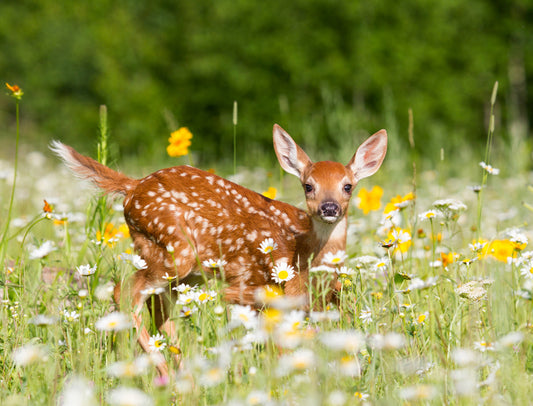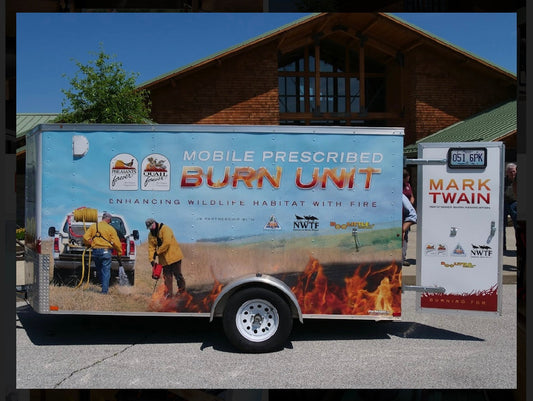Collaborators: The National Wild Turkey Federation, Quail Forever, Pheasants Forever, U.S. Forest Service, and Missouri Dept. of Conservation.
Project Objective(s): The objective of this project is to increase prescribed fire frequency and overall burn acreage on private and public land in priority landscapes within Missouri's Central Region. Primary focus will be woodland/glade restoration in the Missouri River Hills Conservation Opportunity Area (COA), natural community and early successional species management in the Prairie Fork Grasslands COA/Quail Restoration Landscape (QRL), and woodland/glade restoration in the Hermann Sandstone Glades COA. The team will assist in other Tier 1 geographies as needed. Additional Tier 1 geographies include: Big Buffalo, Little Niangua, Hi-Lonesome Prairie, and Shoal Creek Woodlands Priority Geographies as well as Spring Creek Gap Glades Natural Area. This work coincides with a larger, ongoing effort supporting the White Oak Initiative action plan in Priority Forest Landscapes as well as the Turkey Brood Habitat Initiative. -John Burk NWTF District Biologist
Project Description: Funds received from The Habitat Association will be utilized to purchase prescribed burn equipment for a 5-person habitat team employed by Quail Forever in Missouri's Central Region. The strike team will work on private and public lands in the above-mentioned geographies. Returning prescribed fire to these landscapes is instrumental for woodland, glade, and forest natural community restoration and is a critical step in creating habitat necessary to meet our turkey brood habitat initiative objectives. On private land, there has been ongoing prescribed fire implementation over the last ~10 years with increasing interest each of the last 4 years. Currently, limited availability of burn contractors as well as limited landowners with the skillset to implement prescribed fire have been limiting factors - we are not meeting the demand for fire on the landscape. Simply stated, there is tremendous potential for woodland/glade/forest/brood habitat work in these geographies on both public and private land, we just don’t have the manpower to burn enough acreage each year to maximize potential. Where we have been able to increase fire frequency and burn acreage there has been a positive impact for numerous wildlife species including eastern wild turkey, songbirds, bobwhite quail and other woodland/glade and early successional habitat dependent species. -John Burk NWTF District Biologist
Cost Breakdown

Total Cost: $13,095.64




